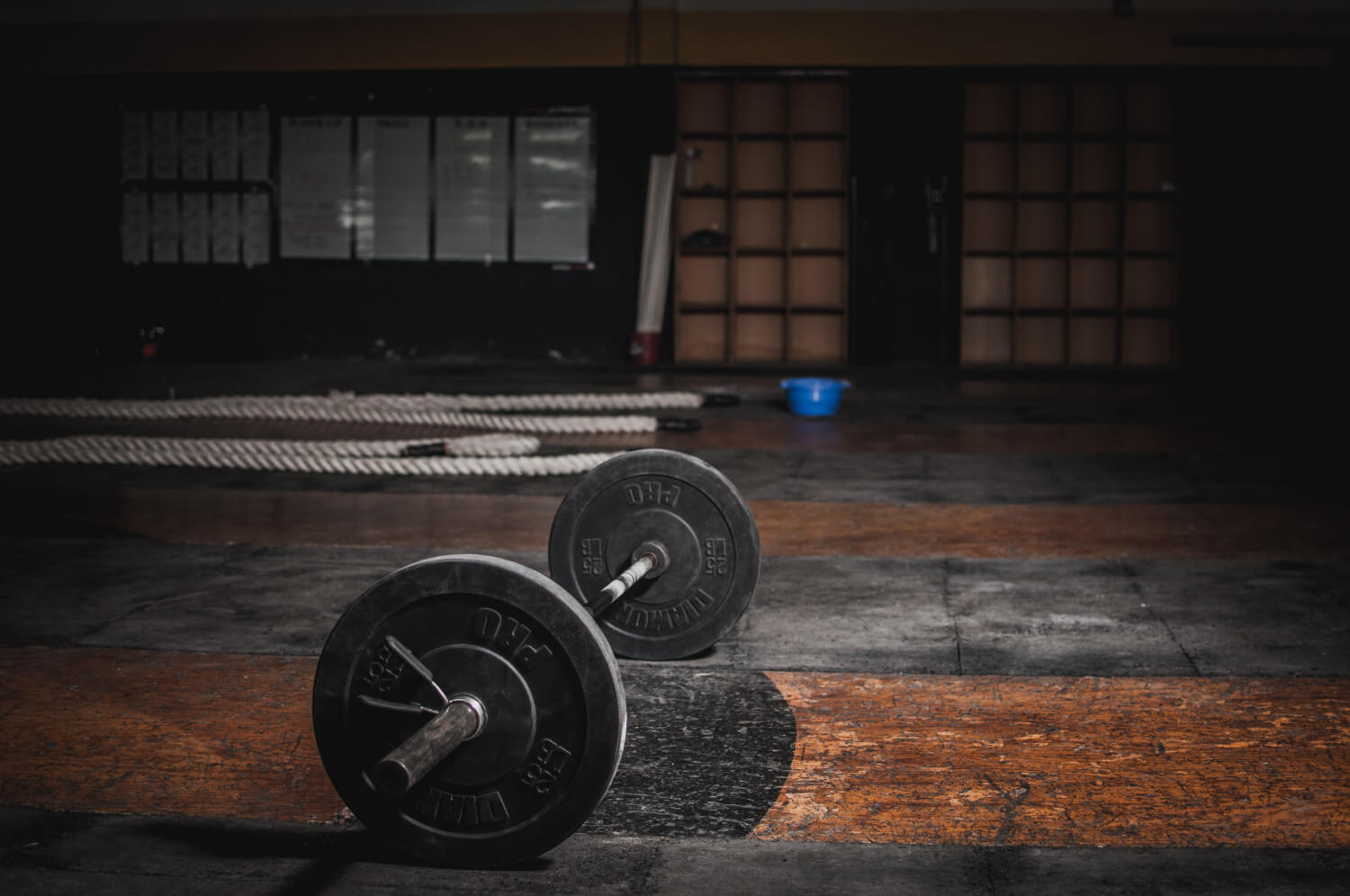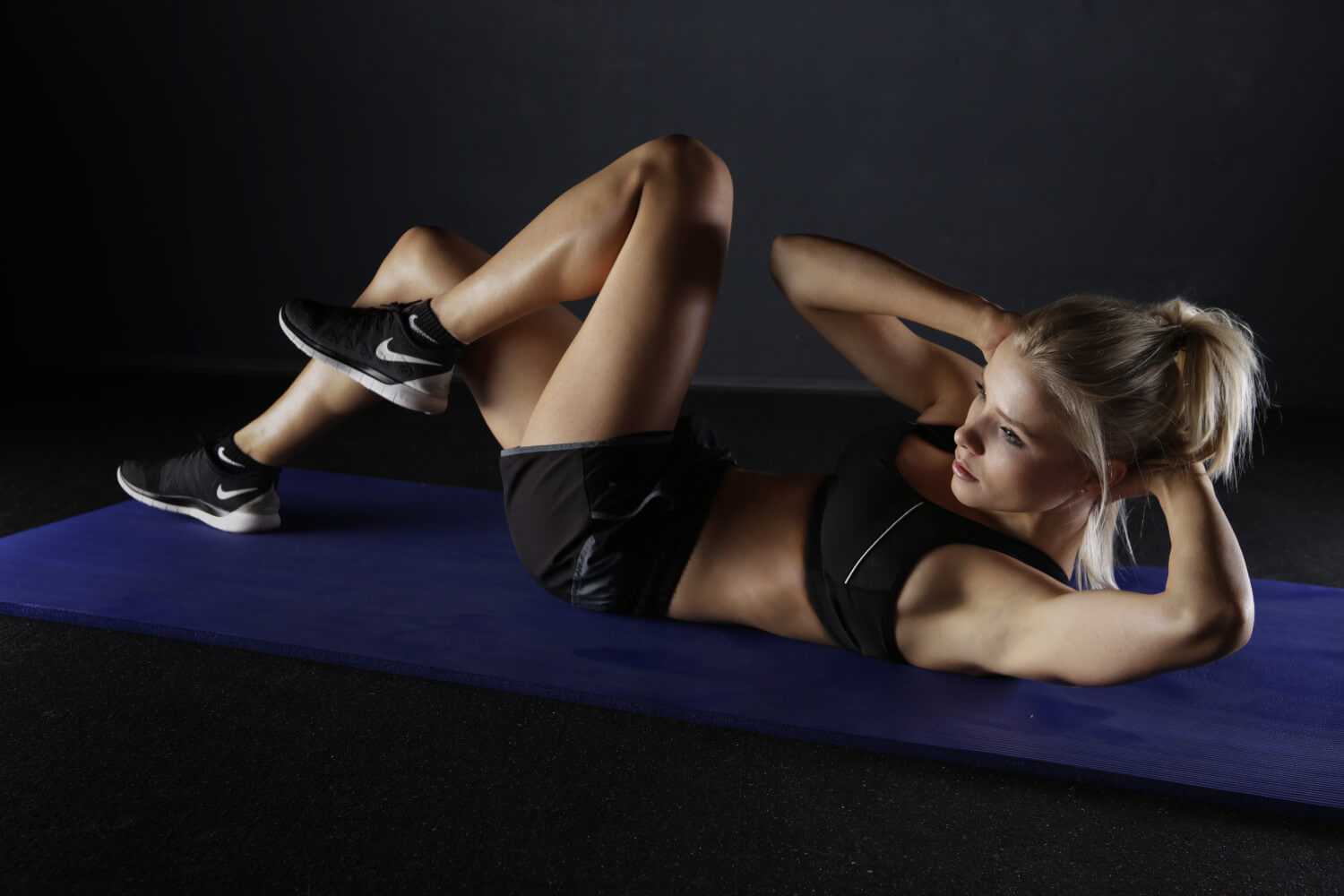How to Choose a Barbell vintage gym barbell

“How on earth can you break a barbell?”
That was the question I was asking myself standing in my driveway with, well, a broken barbell…
Years ago, when I purchased my first barbell I didn’t put much thought into type or quality. They are just barbells…right? That thinking (or lack thereof) led to my first barbell breaking within 24 hours of purchase.
Well, with broken barbell in hand I decided it was time to uncover some of the basics as to what makes a good, durable barbell. What I found was that they can range from $200 to $2,000, and they are a little more complicated than your average sporting goods store would have you believe. A barbell serves as the foundation of true strength training. You can get by without a lot of things, but you cannot get by without a barbell.
Buying the right bar will help you to avoid big issues — they can warp, bend, rust, and break. The most common bar mishaps are bending from missed lifts, and sleeves popping off from, more or less, cheap manufacturing. Today, I want to make you an informed consumer of the barbell.
Before you can truly make an informed decision you need to know exactly what a barbell consists of — its “anatomy.”
A commonly used barbell has a 28-29 mm diameter shaft for men and 25 mm for women. Barbells come in all shapes and sizes, but the standard length is 7.2 ft for men and ~6.5 ft for women. They weigh ~44 pounds for men (20 kg) and ~33 pounds for women (15kg).
First, you have the bar itself, or shaft. It’s put through a machining process to get it to the right length and diameter. On the shaft, you have what is called knurling. Knurling is simply the rough, cross-hatched pattern you see on a barbell. Knurl is very important and is mainly for grip. It is machine-pressed and can be extremely rough, or smooth, depending on the manufacturer. It is important to feel the bar to get an idea of what you like (unless you buy online — in that case, look at reviews), but most top-end bar manufacturers have a good knurl. Where knurling can differ, even on top-end bars, is where the knurl does and does not exist. Some bars have knurling that extends all the way to the sleeves, and some bars have a gap of no knurling where the bar meets the sleeves. Sometimes bars will have center knurling and sometimes they won’t. You have to decide what you want and what you are most comfortable with.
If, say, you like Olympic lifting and you prefer a wide snatch grip, I suggest getting a bar with knurling that extends to the sleeves (if that sentence made no sense, then don’t worry about knurling going to the sleeves).
If you are often shirtless or do high-rep front squats and presses (CrossFit anyone?), you may want to go with no center knurling. If you regularly squat heavy weights and need the bar to grip the back, get the center knurling.
Furthermore, the markings on the knurl indicate which type of bar you are using. I recommend a dual marked bar for general purpose use. However, the outermost marking indicates an Olympic lifting bar and the inner marking indicates a powerlifting bar, and we’ll talk more about those in a minute.
It comes down to how it meets your needs and style of fitness.
Next, we have the sleeves.
The sleeves are simply where you put the weights. They are created from drawn-overmandrel (DOM) tubing, a machine process that makes the sleeves straight and strong. The biggest thing you are looking for in the sleeves is the rotation, or how the sleeves spin on the shaft. Unless you are extremely picky, or a professional lifter, the difference in bearings or bushings aren’t that important. Bushings are a low friction material placed between the shaft and the sleeve — they are more affordable, and they are what you will find on most bars. Needle bearings spin more smoothly, and are actual bearings between the shaft and the sleeve. Generally, bearings are on the high end bars. Bushings will save you a lot of money, and work perfectly fine, without having to go high-end. But, if you want the premium, then go bearings. Bearings are better — you aren’t paying more without reason — but the difference would only be noticed at the professional and elite levels.
Sleeves are also connected by bolts or snap rings. I will make this one very easy for you. Snap rings only! Stay away from bolts on a bar! Bolts = broken in 24 hours.
Also, know barbells come in many finishes — chrome, zinc, black oxide, unfinished, and even stainless steel — but also know that the finish is primarily an aesthetic preference. Stainless steel does provide an advantage because it is rust and corrosion free, forever.
Barbell Strength
At this point, you already know more than your average gym-goer, but let’s make you a true barbell connoisseur.
The strength of a barbell is very important. You need to know the terms I am about to go over because when you shop for a barbell, this is the information manufacturers will give you. If you have no idea what the numbers are referring to, how do you know what to buy?
Bar strength is reported in three areas: tensile strength, yield strength, and test.
Tensile strength is the maximum load your bar can support without fracturing or breaking. So high tensile strength = good bar. This will be your primary determining factor.
Yield strength is basically how much weight the bar can handle before it will become deformed — that is, it won’t return to perfect straightness. Breaking and deformation are very different. Unfortunately, you will be hard-pressed to find a manufacturer that provides yield strength information.
There is also test, which means the bar has been loaded and tested with weights at which there was no bending or breaking, so the higher, the better. It’s best if you can find a manufacturer that will give you a tensile strength rating, which is reported in pounds per square inch (PSI).
Never miss an update
Subscribe to the AoM Newsletter
Now you know the terminology, but what is a “good” rating? Here is a starting point for the most important factor — tensile strength ratings:
- <150,000 PSI = Ehh
- 150,000-175,000 PSI = Good
- 175,000-200,000 PSI = Better
- >200,000 PSI = Best
A bar in the good range is perfectly acceptable and will last a very long time. Considering cost and quality, most people do not need more than the “good” level bar.
If you are getting into sport weightlifting, there are differences in Olympic lifting bars and powerlifting bars:
- Olympic weightlifting bars have more of a whip, or spring, to accommodate the sport.
- Powerlifting bars are very stiff, as powerlifters prefer no surprises or major fluctuations during a big lift.
Barbell Plates
Next, you have to think about plates. Unless you plan on competing at the professional level, plate quality is not as vital as the quality of your barbell.
Price can vary greatly with plates. You can get 300 lb. of iron at a garage sale for $30 or you can spend $3,000+ on a couple hundred pounds of certified competition bumper plates.
The most frequently asked question is whether to purchase bumper plates or iron (metal) plates, and that depends on the type of lifting you plan to do. If you like powerlifting (squat, bench press, and deadlift), then you will be just fine with iron plates. If you are dropping the bar frequently during CrossFit workouts or practicing the snatch and clean and jerk in Olympic weightlifting, you’ll need bumpers.
Personally, I prefer a blend of iron and bumper plates in my arsenal, and I’ll explain why and some considerations in just a minute. First, let’s talk bumper plates.
When it comes to bumper plates, what you are paying for is the thickness of the plate and how much they bounce when dropped.
Here is a quick breakdown of their categories:
- Black bumpers ($): Thick with a big bounce
- Colored bumpers ($$): Thick with less bounce
- Olympic training bumpers ($$$): Thin and dead bounce
- Competition bumpers ($$$$$$$): Thin and dead bounce + certified weight to the gram
They all should be 450mm disks with a 50mm opening. Economy black bumper plates are going to be good enough for 95% of people; 4.9% will want/need colored bumpers or Olympic training bumpers, and .1% will need certified Olympic competition bumpers. Colored plates generally follow a color coding, and some companies do follow the color code of the International Weightlifting Federation, but not all do. The official color coding can be found at the IWF website.
I like to have around 300 lb. of cheap iron plates along with another couple hundred pounds of black bumpers. I use the bumpers for when I am going to be dropping the weight, and I use a combination of iron and bumpers if I am doing a heavy back squat.
You’ll be hard pressed to find bumper plates at a garage sale, so you will need to order them online, but iron plates are a completely different story.
For iron, here’s where you use the power of Craigslist to find a lot of weight for pennies on the dollar. People are constantly moving, giving up on at-home fitness, and letting plates sit in their garage and rust. That’s a win for us! The easiest way to shop for plates is to put it on autopilot using a combination of Craigslist and IFTTT; you can read about how that works here. Basically, you set up a program that will notify you when plates come up for sale in your price range.
Conclusion
Most people are looking for a general, high-quality bar, and there are plenty out there that are suitable for all training and that will last for a long time. So, unless you are planning on becoming an Olympian, I would stay away from the “Cadillac” bars. You can get a good barbell that will meet all of your needs for around $250, and the near-perfect bar for around $500.
That can seem like a lot of money for a barbell, but it is the heart of your training, and you will be using it day-in and day-out. Don’t get a bar that will bend or fail while you are using it.
Get a bar that will last a lifetime. It is an investment in your fitness and your health!
And that, gentlemen is all you need know about plates, weights, and barbells.
Now, let’s start your story differently than mine.
“How on earth can this barbell withstand this abuse?”
That will be the question you are asking yourself while standing in your driveway with, well, an amazing barbell.


